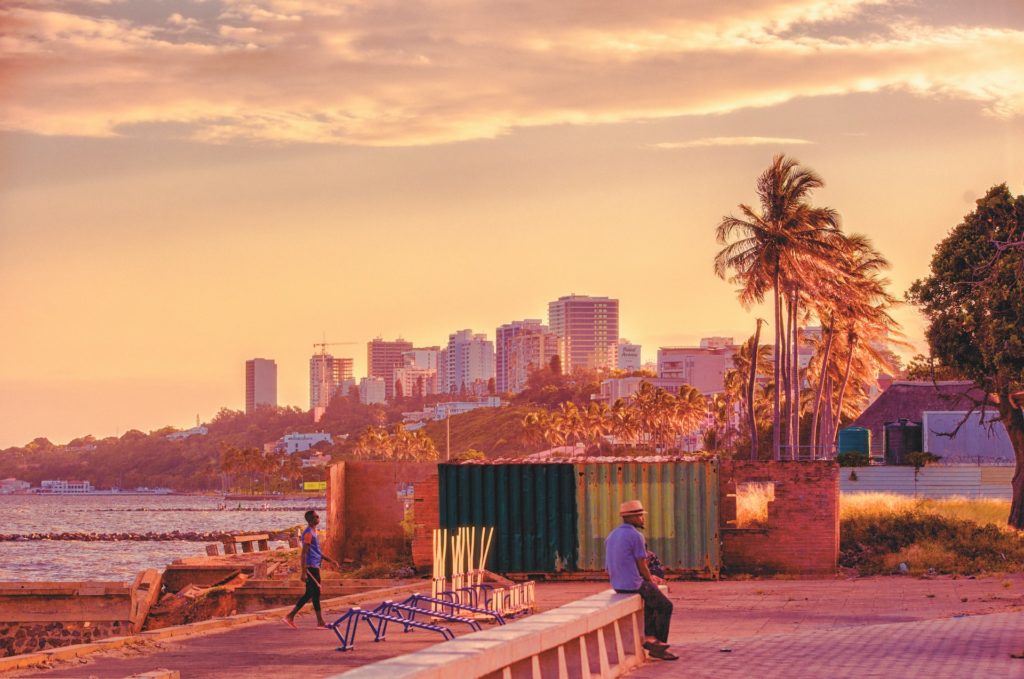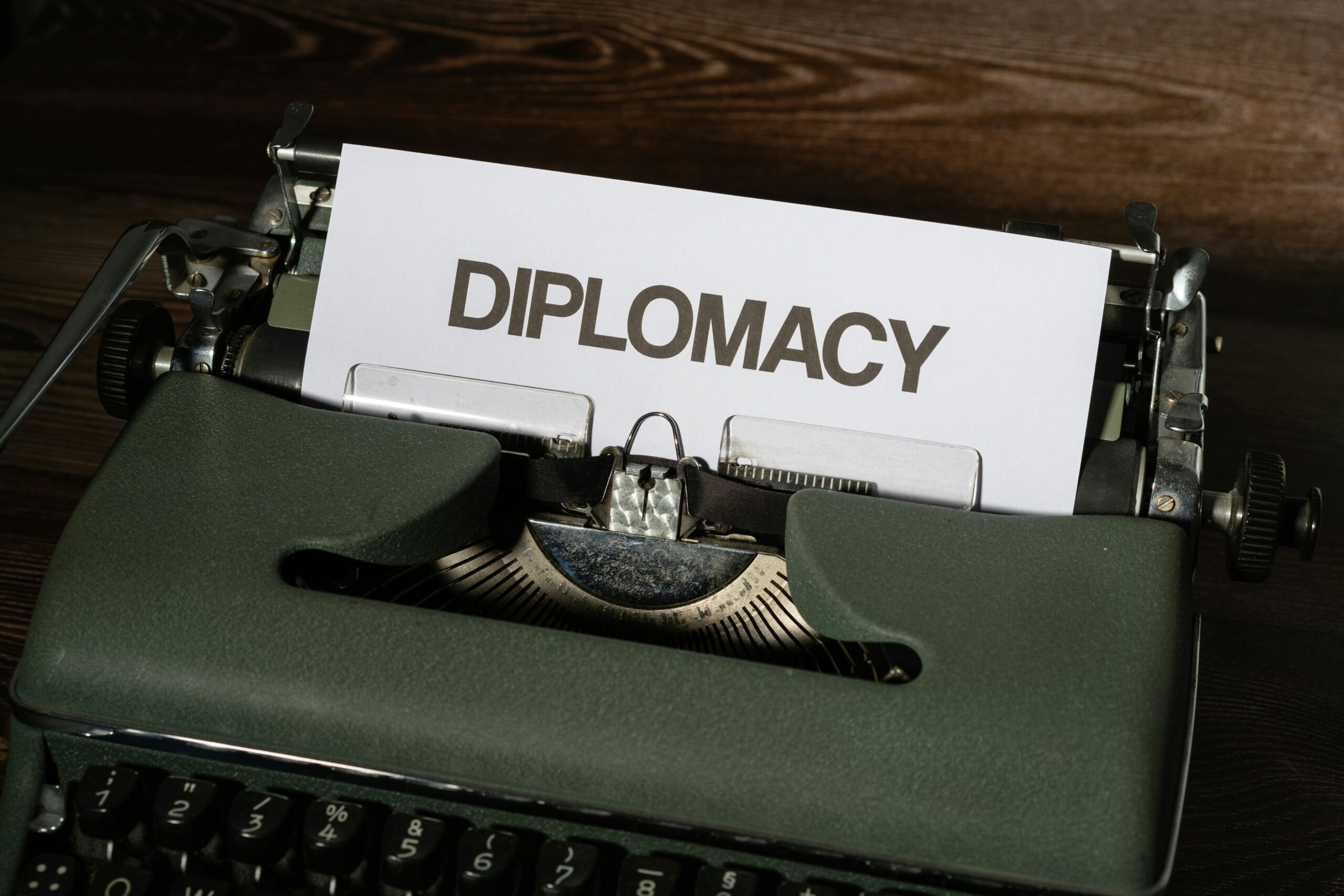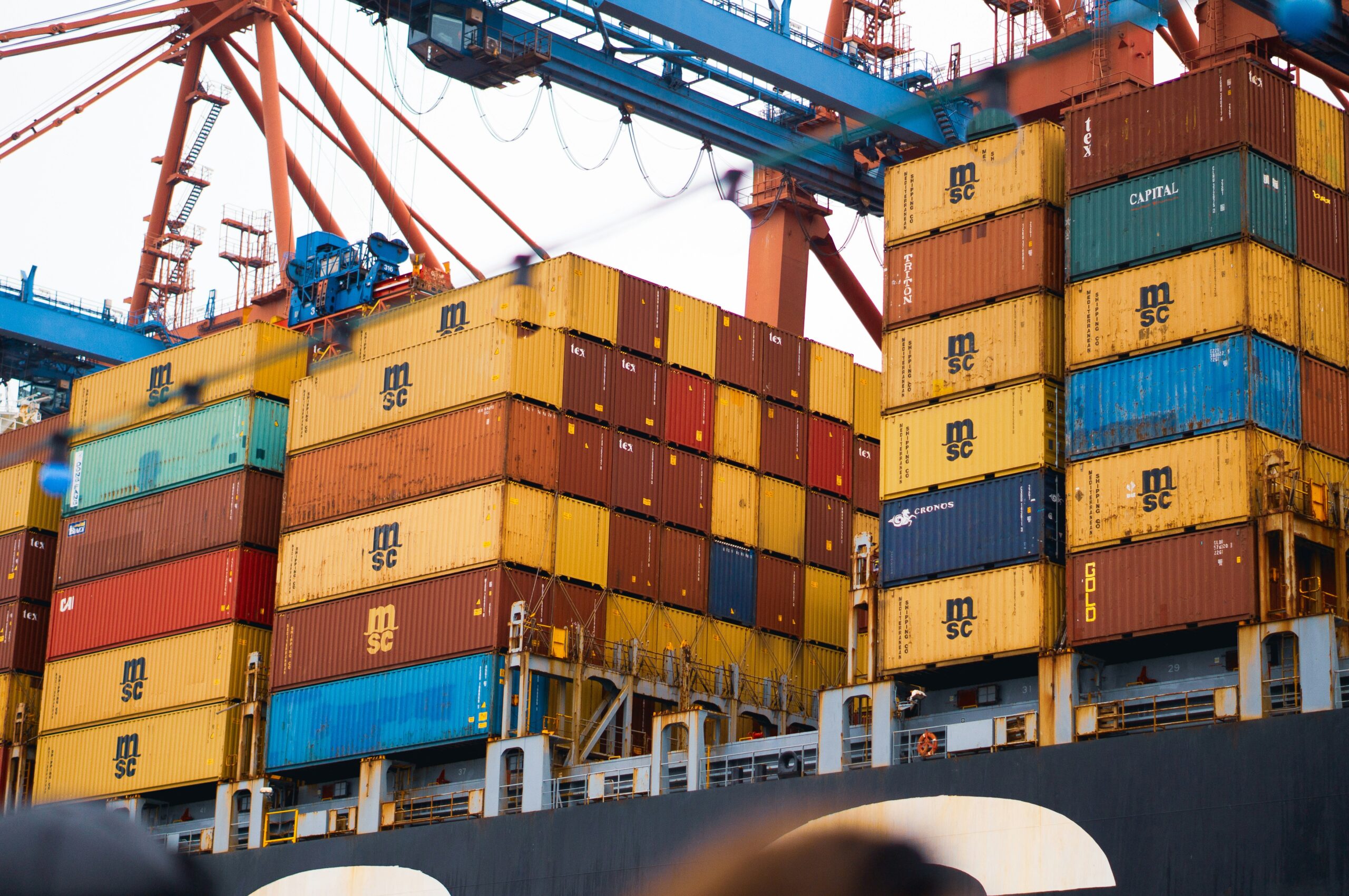The Republic of the Congo is located in Central Africa and covers an area of 342,000 square kilometers. Gabon and the Atlantic Ocean border the country on the west, Cameroon on the northwest, the Central African Republic on the northeast, the Democratic Republic of the Congo on the east and south, and Angola’s exclave of Cabinda on the southwest.
Brazzaville, the country’s capital and largest city, has a population of about 1.8 million people. The CFA franc is the national currency, which is also used by five other African countries, including OPEC members in Equatorial Guinea and Gabon. Although French is the official language, local languages such as Kituba and Lingala are also commonly spoken.
Apart from being a producer and net exporter of crude oil, the Republic of the Congo boasts thriving agricultural, industrial, and crafts industries.
HE Denis Sassou Nguesso is the current President of the Republic of the Congo, having been elected for the second time in 1997.
On June 22, 2018, the Republic of the Congo was admitted as a full member of OPEC.

Export Products
The Congo is one of the top 10 oil producers in Africa, and the exportation of petroleum oil is by far the country’s most valuable commodity. Congo is also one of the world’s largest oil producers. In addition to that, some of the most important exports are refined copper as well as tropical wood. Chocolate and coffee are the two agricultural products that are currently fetching the highest prices on the market.
Resource wealth
Even though the Republic of Congo is extremely wealthy in terms of this sector, the vast bulk of the country’s immense natural resources has not yet been utilized. In addition to petroleum oil, this category contains several other resources, such as gold, iron ore, magnesium, diamonds, phosphate, copper, lead, and zinc.
Trade Partners
More than 65% of Congolese goods are exported to China, the EU, and the US, three major international markets. Imports come primarily from regional trading partners like Namibia and Angola (2.9% and 8.8%, respectively). Nevertheless, Europe accounts for the majority of imports (34.6%).
Economic Structure
The largest contributor to Congo’s GDP is industry, with a share of over 50%, followed by the service sector (40%). One of the highest proportions in the world, over 50% of the government’s revenue comes from oil rentals. As a result, the economy is susceptible to fluctuations in global energy markets. The Congo also has an important industry for cement, lumber, brewing, sugar, and palm oil.
Employing GSP Preferences
GSP+ concessions are only applied to around one percent of the Republic of Congo’s total imports into the EU at this time.
Trade with the EU
In 2019, the total value of commerce between the EU and the Republic of Congo was 1,329 million euros. The European Union (EU) is Congo’s second-biggest commercial partner, accounting for roughly 23.7 percent of all trade. China, which accounts for about 41.7 percent of all trade, is Congo’s largest commercial partner.
Sustainable development
Congo continues to maintain a high level of ratification of important international conventions even though the Standard Generalized System of Preferences (GSP) does not make reductions in tariffs contingent on the adoption of any treaties. Congo is a signatory to 13 of the world’s 15 most important accords about human rights and labor standards. In addition, Congo has demonstrated its commitment to the protection of the environment by ratifying eight international environmental accords and four conventions addressing issues of good governance, including the prevention of corruption and the control of drug trafficking.



